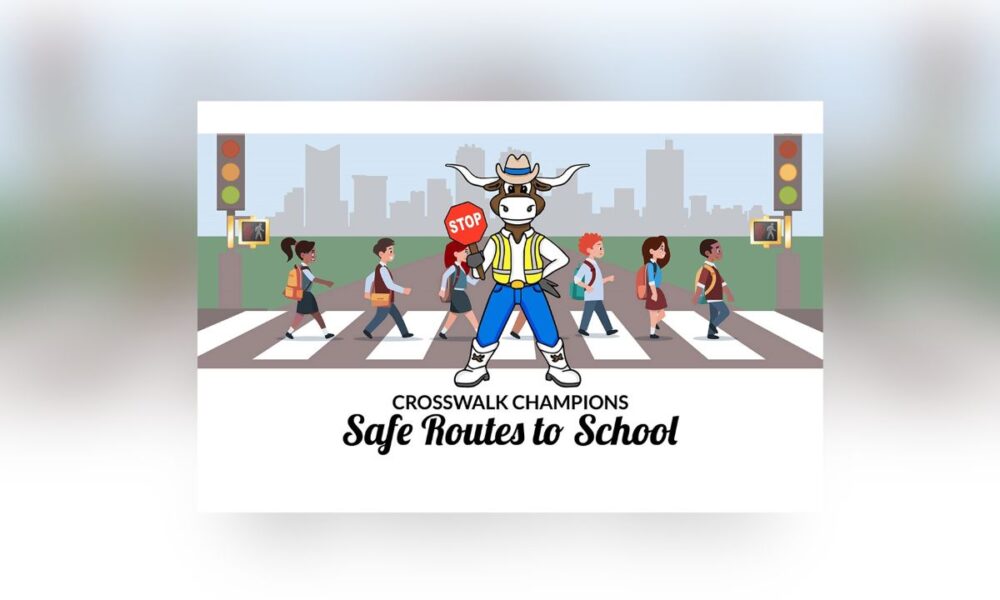Fort Worth officials are urging motorists to exercise extra caution as students return to classrooms, with crossing guards receiving increased pay and expanded safety training to protect children during the morning and afternoon commutes.
The city’s Transportation & Public Works Department announced that crossing guards will now earn $16.07 per hour, marking a pay increase aimed at bolstering the School Crossing Guard Program that serves all 15 area school districts.
School zones operate on varied schedules to accommodate varied start and stop times at schools across the city, with flashing warning lights remaining active well after 4 p.m. at some Fort Worth campuses.
This summer, the city launched “Future Teens in the Driver Seat,” an initiative combining hands-on activities with driving simulations to teach elementary and middle school students about the dangers of distracted walking and texting while driving. The program represents part of Fort Worth’s broader investment in student safety infrastructure.
The Fort Worth Police Department has assigned 59 School Resource Officers to middle and high schools, primarily through contracts with the Fort Worth Independent School District. These full-time officers handle both campus security and community outreach programs.
City officials recommend that parents conduct practice runs with children walking to school or bus stops before the first day. Additional safety guidelines include using sidewalks when available, crossing only at designated crosswalks, and avoiding phone use or headphones while walking.
For students riding buses, the department emphasizes waiting until vehicles come to complete stops before boarding, using handrails, and maintaining a 10-foot distance when crossing in front of buses to ensure driver visibility.
The expanded safety measures come as traffic accidents involving pedestrians continue to concern urban planners nationwide. Fort Worth’s comprehensive approach combines infrastructure improvements, enhanced training, and community education to reduce risks during peak school transit hours.


